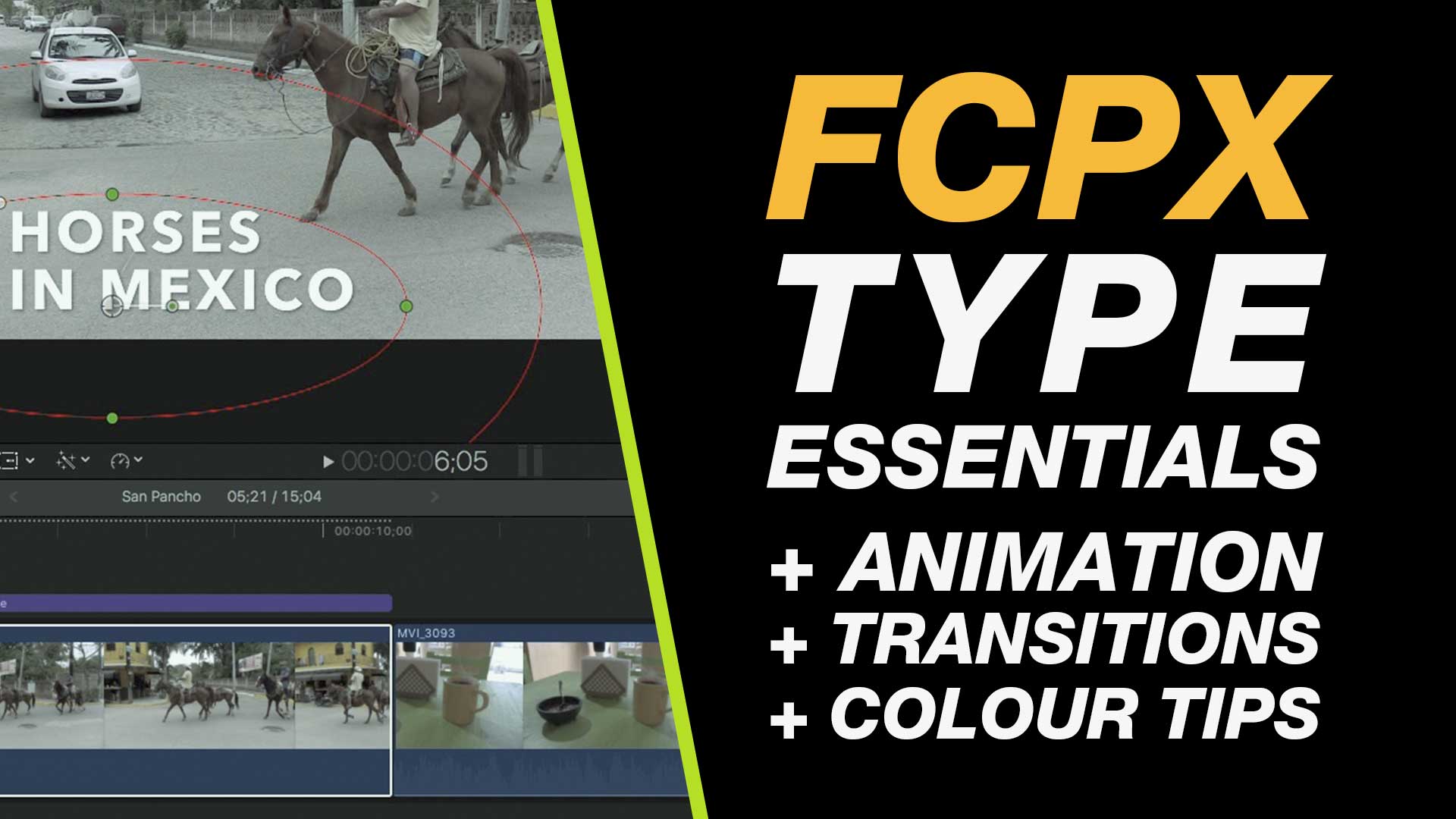Hello, Mac enthusiasts! In this guide, we’ll delve into the world of efficient file searching on your Mac. We’ve all been there – that moment when you’ve misplaced a crucial file and need to find it fast. In this tutorial, we’ll guide you through the process of searching for files even if you can’t recall their names. So, let’s jump right into it.
Understanding the Basics:
When you’re working on your Mac, it’s inevitable that you’ll save a file in the wrong place at some point. The key is knowing how to locate it efficiently. In this tutorial, we’ll explore the Finder’s search capabilities, enabling you to find misplaced files based on file type and creation date.
Navigating the Finder:
To initiate the search, head to the Finder by clicking on its icon in the Dock. Once there, locate the search bar at the top right corner.
Broad Search:
To search for any file on your Mac, use the shortcut Shift + Command + C. This will initiate a comprehensive search across your entire computer.
Narrowing Down the Search:
To make your search more specific, consider adding criteria such as the creation date and file type. For instance, you can search for files created after a certain date and filter by a specific file type.
Date Filtering:
In the tutorial, we demonstrate searching for files created between January 24, 2015, and February 28, 2015. Adjust these dates according to your needs to narrow down the results.
File Type Specification:
Further refine your search by specifying the kind of file you’re looking for. In the video, we focus on finding videos. You can apply the same principle for other file types, such as images or documents.
Sorting and Viewing Options:
Once the search results are displayed, you can organize them based on criteria such as name, date modified, or size. Experiment with different viewing options, such as list view, icon view, or thumbnail view, to suit your preferences.
Digging Deeper:
If you find a file you’re looking for, the tutorial shows you how to navigate through the file path efficiently. This feature is particularly handy when dealing with older files on backups.
Saving Searches:
To streamline your future searches, consider saving them as favorites. The tutorial demonstrates how to save a search for easy access in the sidebar.
Conclusion:
Mastering the art of file search on your Mac can save you valuable time and frustration. By leveraging the powerful search capabilities of the Finder, you can efficiently locate files based on various criteria. If you have any questions or need clarification on any steps, feel free to drop them in the comments section below. Happy searching, and stay tuned for more helpful tips in our next video!
